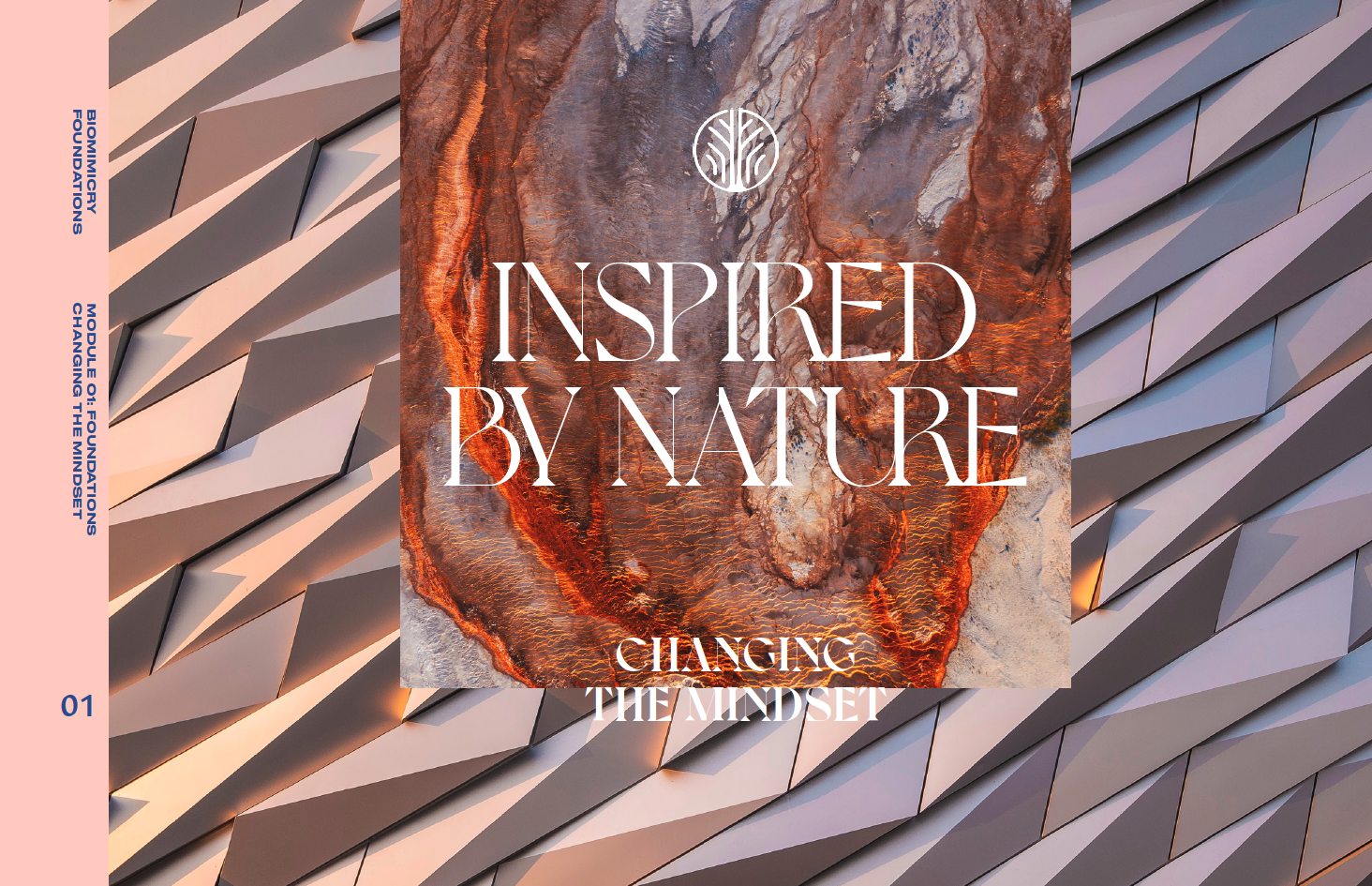Overcome damaging internalized biases
Biomimicry goes beyond looking at the natural world for design inspiration.
Biomimicry is about learning to harness the genius of nature.
Biomimicry connects us to a library of time-tested ideas that will teach us how to thrive on this planet.
The best way to engage with this textbook? Start by adopting a biomimetic mindset. A biomimetic mindset can transform all aspects of your life as it transforms the way you view the world.
This summer, Fast Company published an article on the topic of workplace culture which focuses on gendered unconscious assumptions, stereotype threats, self-limiting biases, and how to address (and overcome) damaging internalized biases. The article concludes by indicating, “By being aware of your own internalized stereotypes, as well as how to fight these problematic limitations, you can unlock more activities you want to pursue, reduce personal anxiety, and discover more about yourself.” We agree and would argue that a deep connection with biomimicry can only be achieved when you are conscious of the biases within your personal paradigm and are able to recognize which ones might limit your ability to abstract ideas from nature.
In our online course, Inspired by Nature, we argue that the most important element of biomimicry is understanding your “inner biomimicry”. How do we solve the world’s most wicked problems without first addressing the biases and assumptions that guide how we begin to solve these problems? This is the foundation of our work because our unexamined assumptions, beliefs, biases, and paradigms are at the root of how we behave and what we create. In order to truly build naturally, we must learn to think naturally.
Thinking naturally requires stepping outside of preconceived ideas. Our conscious thoughts are what help us interpret the information flowing in the present moment and can dictate the actions we take. The Fast Company article highlights a similar phenomenon of stereotype threats for women in the workplace. In a workplace, “a stereotype threat is at play if a woman becomes anxious or uncertain about her abilities when expected to perform a task around which there are strong male stereotypes—say, one calling for leadership, competition, or self-promotion.” The assumptions that cause women in the workplace to hesitate or feel anxious is a direct result of the influence our histories, teachings, and perspectives from past events have on our day to day life. Could your assumptions be holding you back from learning from nature?
stereotype threat | when we expect a group of persons to have certain qualities without real information about the person. It allowed us to quickly identify strangers as friends or enemies. It tends to be overused and abused.
workplace effect | limits our ability to see everyone’s untapped potential
biomimicry effect | limits our ability to see nature's genius
From a biomimicry perspective, our biases play a role from the very beginning. Perhaps we assume that one needs to have a scientific background to do biomimicry or that a comprehensive grasp of biology is required in order to succeed. Our assumptions may even limit our ability to see nature's genius and our place within nature because they constrict our way of looking to nature for solutions. We might assume that a house that changes and grows with the lifestyle of its inhabitants isn’t possible because we’ve never heard of a house that grows. Our collective beliefs are limited by the interpretations we have of the built environment where only certain engineering infrastructures and technologies are possible. To build truly sustainable systems, we must design from a set of assumptions that are in harmony with nature’s own, and this will require constantly reflecting on our assumptions and biases and building from a new paradigm.
self-limiting biases | the personal beliefs we hold about ourselves that are potentially holding us back
workplace effect | hold employees back from achieving a level of success because they do not believe they are good enough or worthy
biomimicry effect | a belief that only certain people have the ability to access in the field of biomimicry; that only certain people can “do” biomimicry
The philosophical basis of our relationship with the environment is determined by the views of nature that we each hold. Consider your own assumptions regarding nature. What did you believe about nature growing up? That it was infinite? That its purpose was to support life on earth? How will you address your assumptions and biases regarding nature?
If you are interested in learning how to challenge your assumptions, biases and change your personal paradigm, we encourage you to sign up for our upcoming April cohort of Inspired by Nature and prepare to be inspired by a more sustainable way of doing just about anything.
Kramer, Andrea S, and Alton B Harris. “How to Address (and Overcome) Damaging Internalized Biases.” Fast Company, Fast Company, 26 Aug. 2020, www.fastcompany.com/90542252/how-to-address-and-overcome-damaging-internalized-biases.


